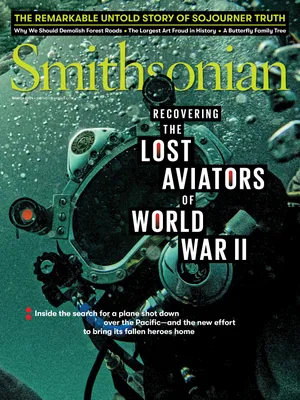The First A.I.-Generated Art Dates Back to the 1970s
A new show at the Whitney showcases the visionary who devised the art world’s first artificial intelligence
:focal(818x459:819x460)/https://tf-cmsv2-smithsonianmag-media.s3.amazonaws.com/filer_public/24/6a/246a0fa0-c424-4f44-a19d-7e9b4a76d314/rs73496_harold-cohen-aaron-gijon-2007.jpeg)
By the late 1960s, abstract painter Harold Cohen had represented Britain at prestigious festivals with his oil-on-canvas works and was seeking a new challenge. “Maybe there are more interesting things going on outside my studio than inside it,” he thought.
So, while teaching art at the University of California, San Diego, Cohen pivoted from the canvas to the screen, using computers to find new ways of creating art. In the late 1960s he created a program that he named Aaron—inspired, in part, by the name of Moses’ brother and spokesman in Exodus. It was the first artificial intelligence software in the world of fine art, and Cohen debuted Aaron in 1974 at the University of California, Berkeley. Aaron’s work has since graced museums from the Tate Gallery in London to the San Francisco Museum of Modern Art.
Now, with A.I. dominating the headlines, a new exhibition at New York’s Whitney Museum of American Art, “Harold Cohen: Aaron,” running through June 2024, draws attention to Cohen’s pioneering work. The Whitney is offering something deeper than most previous Aaron exhibits: a real-time experience, in which visitors can watch the software produce art.
/https://tf-cmsv2-smithsonianmag-media.s3.amazonaws.com/filer_public/c7/26/c7267dd2-c203-414c-a3d4-d288667ab70b/mar2024_c06_prologue.jpg)
The Whitney is showcasing two versions of Cohen’s software, alongside the art that each produced before Cohen died. The 2001 version generates images of figures and plants (Aaron KCAT, 2001, above), and projects them onto a wall more than ten feet high, while the 2007 version produces jungle-like scenes. The software will also create art physically, on paper, for the first time since the 1990s.
“It is absolutely thrilling,” says Christiane Paul, the museum’s curator of digital art, to have “one of those holy grails of digital art history in the collection.”
